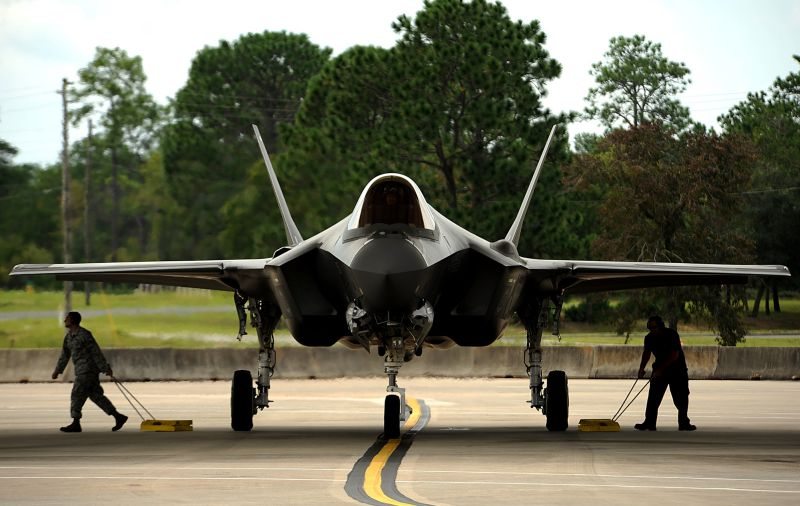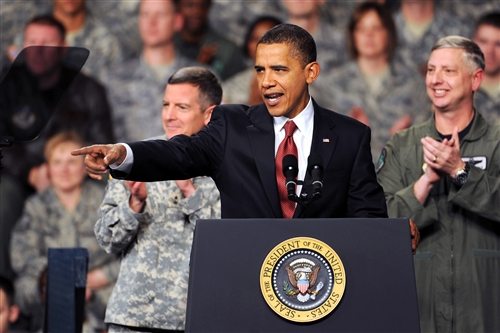An evaluation team from the Air Force will test Lockheed Martin’s F-35 Lightning II before signing a deal to purchase 40 of the stealth aircraft for its “next-generation” fighter jet, the nation’s procurement agency said Sunday.
“The 10-man team will visit the company’s plant in Fort Worth, Texas Monday for two weeks of tests,” said an official of the Defense Acquisition Program Administration (DAPA). “We will mainly check to see if anything has changed since the 2012 test.”
However, as in 2012, they will not be able to fly the stealth jet because they have not gained approval from the U.S. government and instead, the test will be carried out by a simulator (a sim-flight), while a Korean pilot will follow an actual F-35 test-flight in a chase plane.
“As the F-35 is a single-seat aircraft, a pilot needs to take a six-month course to fly it alone,” the official said.
He added that there will be a runway test at the plant as well.
Korea decided to buy the “fifth-generation” low-observable aircraft in November to replace its aging F-4s and F-5s in its fighter requirement program, better known as the “F-X III competition.”
While the competition was underway, critics said that it was nonsense to decide to buy the expensive aircraft while only depending on simulation tests.
However, the Bethesda, Md. -based Lockheed Martin claims that the F-35 simulator enables pilots to practice all missions and all tasks.
“It is more realistic and is one of the only simulators where you can actually perform all of the missions of the airplane in the simulator,” Art Tomassetti, program manager for the Marine Corps F-35 version, said in March.
Along with the Air Force contingent, negotiators from DAPA will also visit the United States during the same period and talk with U.S. government officials about the procurement price and offset program.
As the F-35 will be purchased through government-to-government foreign military sales (FMS), U.S. government officials will participate in the negotiations on behalf of Lockheed Martin.
In March, U.S. Air Force Lt. Gen. Christopher Bogdan, the Pentagon’s F-35 Joint Strike Fighter (JSF) program executive officer, said the cost of an F-35 in 2019 would be somewhere between $80 and $85 million (81 and 87 billion won), when the full-rate production brings economies of scale to international purchasers.
In addition, considering other elements such as armament, logistics and training costs that usually account for some 30 percent of the procurement budget, the price tag is estimated at around 5 trillion won.
DAPA’s budget is 7.4 trillion won and is seeking to bring down the price in the meeting.
As for the offset package, DAPA plans to seek more commitments for the nation’s indigenous fighter program, codenamed KF-X.
“The top priority is a technical transfer for the KF-X. Along with what Lockheed Martin offered last year, we will try to secure more advanced technology,” the official said.
DAPA plans to sign a letter of acceptance with the U.S. government by July before finalizing the contract by the end of the third quarter.










